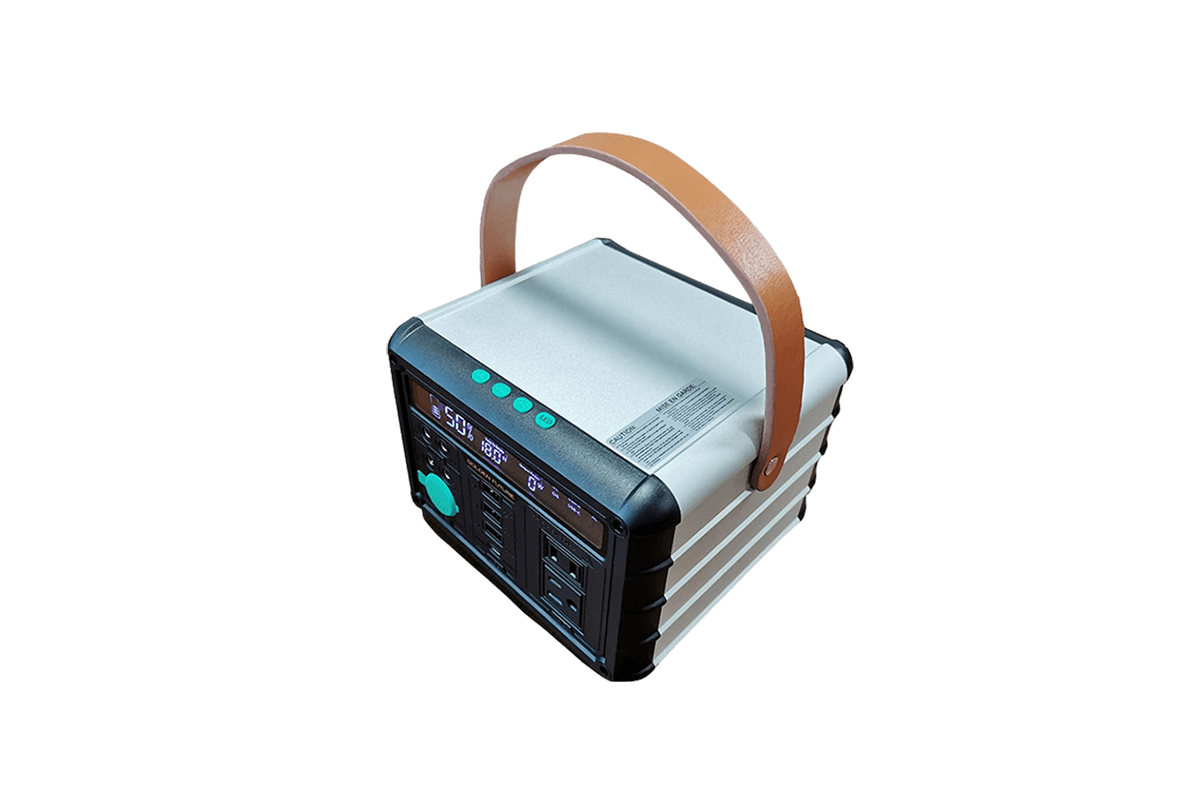

Time:2025-05-27 Views:1

When it comes to solar energy storage systems, the choice between lithium batteries and lead-acid batteries is a crucial decision, impacting the overall performance, cost, and lifespan of the setup. Lithium batteries, such as lithium-ion and lithium iron phosphate (LiFePO4), have gained significant popularity due to their high energy density. They can store more energy per unit volume and weight compared to lead-acid batteries, making them ideal for applications where space and weight are at a premium, like in off-grid solar-powered RVs or boats.
Lithium batteries also offer a much longer cycle life. While lead-acid batteries typically have a cycle life of around 300 to 500 cycles, lithium batteries can endure 2,000 cycles or more, reducing the frequency of battery replacements and long - term costs. Moreover, lithium batteries have a low self - discharge rate, retaining their charge for extended periods. This is beneficial for solar systems that may experience intermittent sunlight, ensuring a reliable power source when needed.
On the other hand, lead-acid batteries are more affordable upfront. They are a common choice for budget-conscious consumers or small-scale solar setups. Flooded lead-acid batteries, the most basic type, require regular maintenance, including checking and refilling water levels to prevent dry-out and extend battery life. Sealed lead-acid batteries, such as absorbed glass mat (AGM) and gel batteries, are maintenance-free but are still less efficient and have a shorter lifespan compared to lithium batteries.
Lead-acid batteries also have limitations in terms of depth of discharge (DoD). They should not be discharged below 50% of their capacity to avoid premature degradation, while lithium batteries can often be discharged up to 80 - 90% of their capacity. This means that for the same rated capacity, lithium batteries can provide more usable energy, making them more efficient for solar energy storage.
Read recommendations:
home energy storage all in one company
Smart APP-Controlled Home Energy Storage Battery with Fast Charging